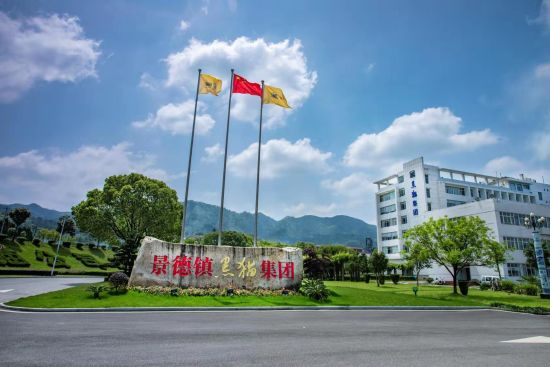Burners, as indispensable equipment in industrial production and daily life, have a lifespan that directly affects operating costs, energy efficiency, and safety. This article explores how to effectively extend the service life of burners through a series of scientific management and maintenance measures.
1. Understand the working principle and structure of the burner
The burner achieves an efficient and stable combustion process by precisely controlling the mixing ratio of fuel and air. Its core components include the nozzle, ignition device, combustion chamber, and control system. Understanding the functions and interactions of these components is the foundation for developing maintenance strategies.
2. Routine Inspection and Maintenance
1. Regular Inspections: Develop a detailed inspection plan, including cleaning and replacing nozzles, testing the performance of ignition devices, and removing carbon deposits from the combustion chamber. It is recommended to conduct a comprehensive inspection at least once a month to ensure all components are in optimal working condition.
2. Cleaning and Maintenance: Regularly clean the dust and carbon deposits inside and outside the burner to prevent blockages that could affect combustion efficiency. Use a specialized cleaning agent and follow the cleaning procedures recommended by the manufacturer to ensure the equipment is not damaged during the cleaning process.
3. Replacing Consumables: Replace worn parts such as nozzles and ignition electrodes in a timely manner according to usage frequency and wear. Choose original manufacturer parts to ensure the performance and safety of the equipment are not affected.
3. Optimize operating parameters
1. Adjustment of fuel-to-air ratio: Adjust the mixture ratio of fuel and air precisely according to the type of fuel and combustion requirements to achieve optimal combustion. This not only improves energy efficiency but also reduces carbon buildup and extends equipment lifespan.
2. Temperature Control: Set the burner operating temperature appropriately to avoid damage to the equipment due to excessively high or low temperatures. Through an intelligent temperature control system, precise temperature regulation can be achieved, improving the stability of equipment operation.
4. Fault Prevention and Diagnosis
1. Establish a fault warning system: Utilize sensors and data analysis technology to monitor the operating status of the burner in real time and detect potential faults promptly. Through the warning system, take preventive measures in advance to avoid the escalation of faults.
2. Professional Training: Conduct regular professional training for operators to enhance their understanding of the working principles of burners, routine maintenance, and troubleshooting. The training content includes equipment operation standards, common fault resolution methods, etc., ensuring that operators can respond quickly to equipment abnormalities.
3. Establish maintenance records: Keep detailed records of each inspection, maintenance, and repair process and outcome, creating a complete maintenance archive. This helps analyze equipment performance trends and provides a reference for future maintenance and upgrades.
5. Upgrades and Improvements
1. Technological Upgrades: With the advancement of technology, burner technology is continuously being updated. Consider upgrading outdated equipment with newer technologies, such as more efficient ignition systems and intelligent control systems, to improve energy efficiency and safety.
2. Adaptive modification: For specific application scenarios, perform adaptive modifications on the burner, such as adjusting the fuel type and optimizing the combustion chamber structure. This not only enhances the applicability of the equipment but also extends its service life.
Ultimately, extending the service life of burners is a systematic project that requires attention to multiple aspects, including daily inspections and maintenance, optimization of operating parameters, fault prevention and diagnosis, as well as upgrades and modifications. By implementing these strategies, not only can equipment efficiency and safety be improved, but operating costs can also be reduced, creating greater value for enterprises. It is hoped that this article can provide useful reference and inspiration for readers, jointly promoting the continuous progress and development of burner technology.

State Power Investment Group Co., Ltd. (referred to as "State Power Investment") is a super large st···

The coal chemical industry has a wide variety of products, a large economic output, and a wide coverage area, ···
24 hours dedicated to serving you
15563365608(wechat)
Address:No. 9 Ningshi Road, Zhangqiu District, Jinan City, Shandong Province
Email:admin@gacoch.com
